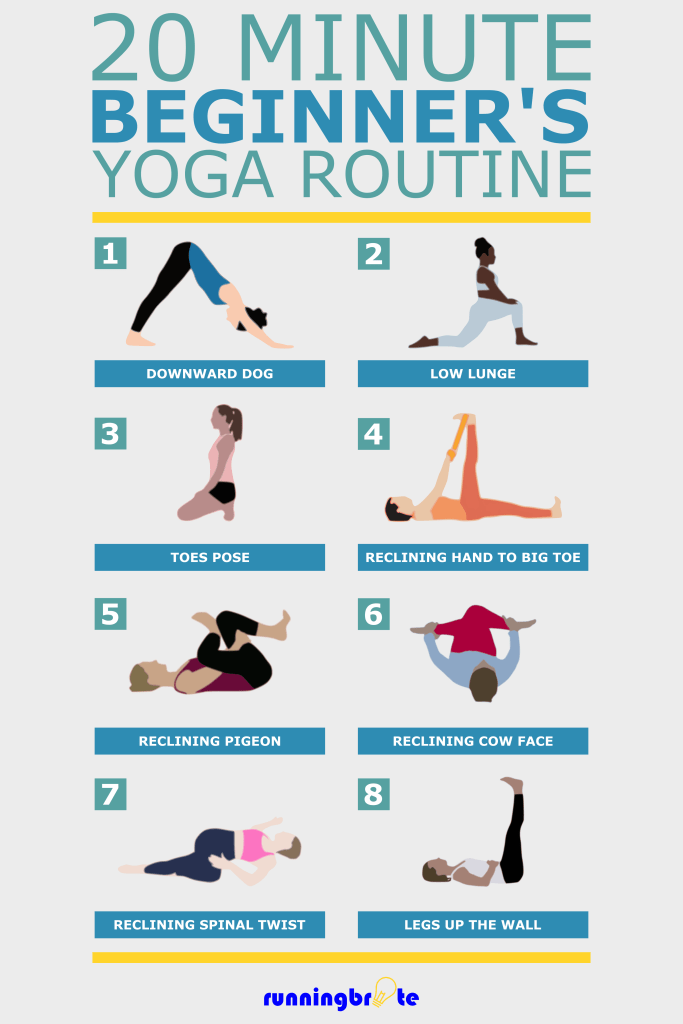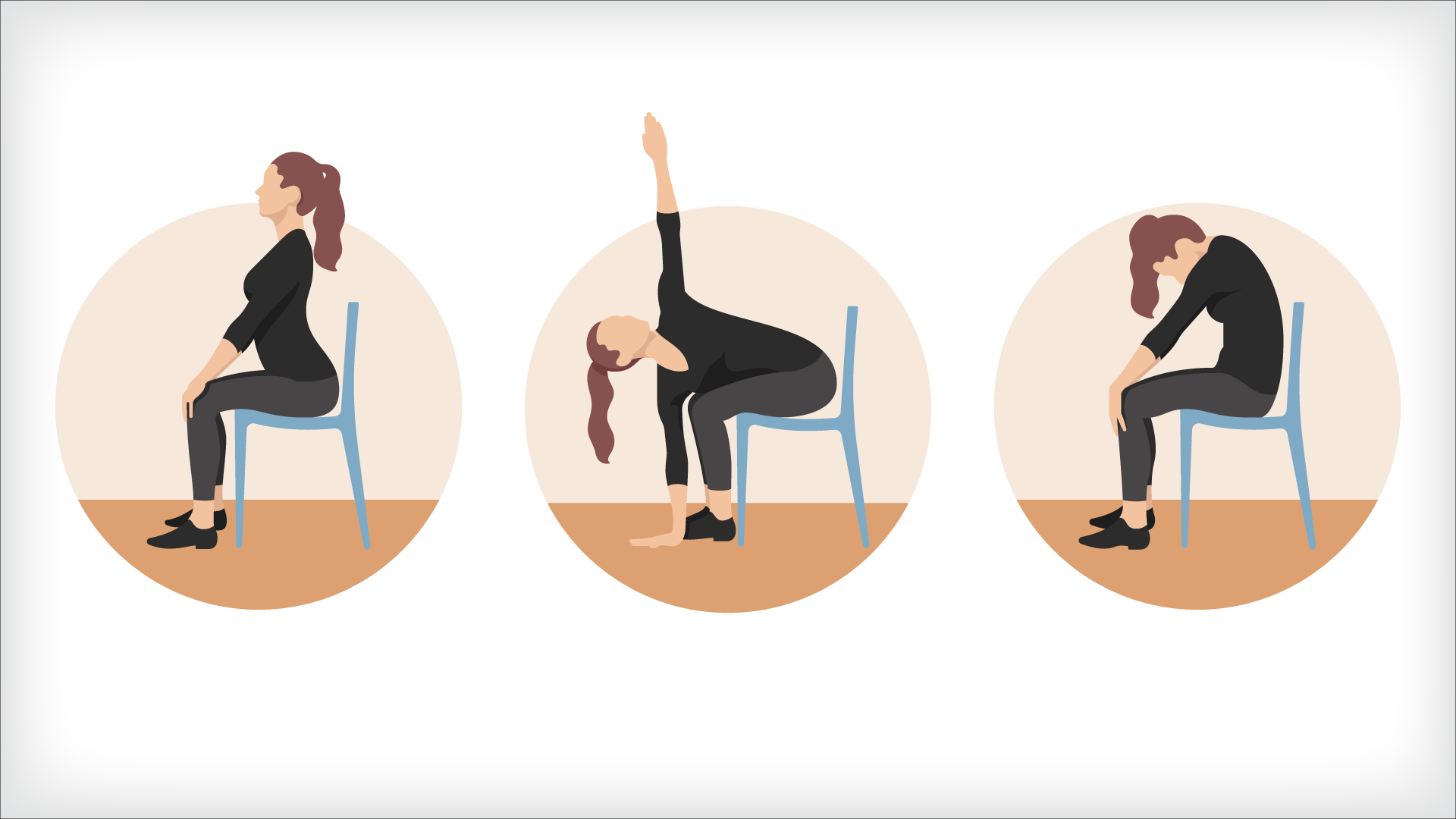
You might be wondering what the ideal dimensions for a yoga mat are if you're just beginning your practice. While the standard size is 24 x 68 inches, there are many other sizes. Some are longer, some are shorter, and others can be even wider. A yoga mat should have a minimum width 24 inches and maximum length 84 inches for optimal performance. However, if your height exceeds this, you may need more mats than the recommended size. You can test the dimensions of standard mats by trying downward-facing dogs or any other position that requires a firm grip.
It is best to have a mat that is slightly thicker than what you used in class. This will ensure better grip for your feet and help you stay balanced. Don't worry, you can always get another mat if your current one doesn't suit you. You can always find a cheaper alternative if you cannot afford the extra thickness. Another option is the Yoga Cloud Ultrathick 1'. This mat comes in 4 colors and is ultra thick. A Sacred Yoga Mat is also an option. It is reputedly to be the most grippier yoga mat. You can also be certain of its quality because it is 100% recyclable.

A thicker yoga rug will make you more stable and help prevent slippage. You can also use a thicker mat if you have an injury or if you're infirm. Generally speaking, thicker yoga mats are designed for sitting and lying positions. People with weaker balance should use thinner yoga mats. The minimum recommended thickness for mats is 6-8mm. Thinning is only for people who are most likely to sustain injuries.
For beginners, a smaller yoga mat with wider sides may be more appropriate. For beginners, a 36-inch yoga mat is ideal. It is vital to consider the width of your yoga mat. Large-sized yoga mats are best for those who do poses that require large amounts of space. A long mat will give you the best flexibility during poses, but it will also make it difficult to balance on it.
When choosing a yoga mat, check the thickness. A thin mat is not good enough. A thicker one will provide extra support. A thicker mat is better for beginners. For more advanced practitioners, a 5mm yoga mat is ideal. You can start with a 4mm thickness. This thickness is great for home use. It is important to have a thicker floor for safety and comfort.

It is important to consider the width and shape of your yoga mat. Traditional yoga mats are 24 inches wide. Oversized models are between 30 and 36 inches. You will be able to spread your weight more evenly on a wider mat. This will provide a more solid foundation. While standing poses can be easier with a thicker yoga rug, they can prove difficult to balance on. Sometimes, a yoga mat that is too wide may not be appropriate for you. A mat that measures 30 inches in width is ideal for those who need a wider mat.
FAQ
Do I have to exercise while drinking alcohol?
Yes. Alcohol can increase energy expenditure, speed up healing time, and reduce soreness.
It also increases insulin sensitivity. This makes it easier and faster to absorb glucose.
However, alcohol can lead to dehydration that can slow down your metabolism. It can also decrease testosterone production, which can affect muscle-building ability.
These are the reasons women should not drink alcohol before going to work out. Women who drink heavily should wait at the least 24 hours before exercising.
It is important that women who are nursing avoid alcohol.
Men should limit their intake to one drink per day.
What's the Best Way to Lose Weight?
It is not easy to lose weight. Many people give up easily because they don't know what to do.
However, there are some simple steps that you can take to shed those extra pounds.
First, ensure that you consume fewer calories per day than you burn. If you are eating more than you are burning, then you are going to gain weight.
For all of those extra calories to be burned, it is important that you exercise regularly. You can choose from a variety of exercises such as walking, biking or dancing.
Third, you need to stop drinking alcohol and smoking cigarettes. These habits will cause you more calories than normal.
Fourth, it is important to reduce the consumption of junk food and fatty foods. These can be replaced with healthier options like fruits, vegetables and whole grains.
Fifth, change your lifestyle. Perhaps you need to get up in the morning to exercise before heading to work.
Sixth, be disciplined and stick to your diet plan.
To burn extra calories, you can also join a gym or take an aerobics class.
These simple tips will help you quickly see results.
Is Cardio Better Than Strength Training?
Both are equally good. Cardio is better if you are looking to build muscle faster.
Cardio burns more calories in a minute than strength training and more fat.
Strength training helps build muscle mass. But it takes longer than cardio to accomplish this goal.
Which is the best workout for men?
It depends on what you're looking for. Cardio workouts are great if you're looking to lose weight. They burn calories much faster than strength-training exercises.
However, strength training can be beneficial if you only want to build muscle mass. It increases lean mass.
Both types can be used to improve your overall wellbeing.
If you are looking to lose weight quickly, I recommend HIIT or sprint-interval training. This type training will help you quickly lose fat by increasing your metabolism. It also boosts your endurance to continue training even when you feel tired.
Statistics
- By John Thompson Take a whopping 38% off a set of PowerBlock Pros. (menshealth.com)
- According to the American Academy of Dermatology (AAD), men over 50 are at a heightened risk of developing it. (healthline.com)
- According to the American Heart Association, blood pressure should be checked at least once every two years, beginning at age 20. (my.clevelandclinic.org)
- An estimated calorie range for moderately active adult males falls between 2,200 to 2,800 calories per day, depending on age. (eatright.org)
- The PRS enabled risk stratification for overall prostate cancer and lethal disease with a four-fold difference between men in the highest and lowest quartiles (HR, 4.32; 95% confidence interval [CI], 3.16-5.89). (pubmed.ncbi.nlm.nih.gov)
External Links
How To
What nutrients do men need each day?
Men require daily nutrition for healthy growth and development. The body requires vitamins, minerals, proteins, carbohydrates, fats, water, fiber, and other essential elements.
Also, the male body requires certain nutrients at specific times during the day. You can see that your body uses energy to make hormones. When you wake up, your body uses protein to repair damaged tissue and build muscles.
Your body uses the night to break down fat and store extra energy as glucose. Your body has less energy but still requires enough nutrients during this time. If you feel hungry, you may consider having a snack during the evening.
To fuel your muscles while you train, you will need sufficient carbs as well as protein. If you exercise hard, you might feel muscle soreness.
To prevent this from happening, you need to consume carbs or protein within two hours. Your body will use stored glycogen to produce glucose for energy.
Additionally, it is important to eat protein right away after your workouts are over. This will prevent muscle tissue from being damaged while you sleep.
Lactic acid is produced by the body during periods of intense exercise. The body produces lactic acid when there is too much activity. This can cause fatigue. This can be avoided by eating foods high in carbohydrates like fruits and vegetables.
Carbohydrates provide energy for your body to recover after strenuous exercise.
You may also want to include lean meats and fish, as well as yogurt, cheese, yogurt, beans and nuts in your diet.
All of these foods contain high quality protein. Protein helps to repair and grow muscles. It provides amino acids that your body needs in order to produce sexhormones and testosterone.
Good skin, hair, and joint health requires adequate dietary fats. Healthy men need to consume between 20%-35% of their total calories from fat.
Fat is good for your heart and helps you fight cancer. It helps keep your brain working properly.
Most of the fat you need can be obtained from vegetable oils, including sunflower oil (or soybean oil), peanut oil, peanut oil, soybean oil, and peanut oil.
These oils contain high levels of monounsaturated fat acids (MUFAs). MUFAs are good for lowering cholesterol and reducing inflammation. They also protect your cells from damage caused by free radicals.
Saturated fats (SFAs) are found mostly in animal products like meat, dairy products, and butter. SFAs raise LDL ("bad") cholesterol and increase triglycerides. They promote weight gain as well as belly fat.
Polyunsaturated oil (PUFAs), which are plant-based, can be found in vegetable oils, nuts seeds, grains, and other plant-based products. PUFAs improve cardiovascular function and decrease inflammation. They also help control blood sugar and cholesterol.
Erectile dysfunction can often be a problem for men who have low HDL ("good") levels of cholesterol. Saturated fats are a major source of bad cholesterol. This lowers good cholesterol.
Men who eat a lot of red meat or pork develop prostate problems because they contain large amounts of nitrates. If cooked at high temperatures, the nitrates become nitrosamines. These compounds can cause lung cancer.
Most processed meats contain nitrites or other harmful chemicals. Avoid them.
The American Heart Association recommends limiting red meat intake to two meals per week. Instead, opt for poultry, fish, legumes and tofu as well as whole grains bread and cereals.